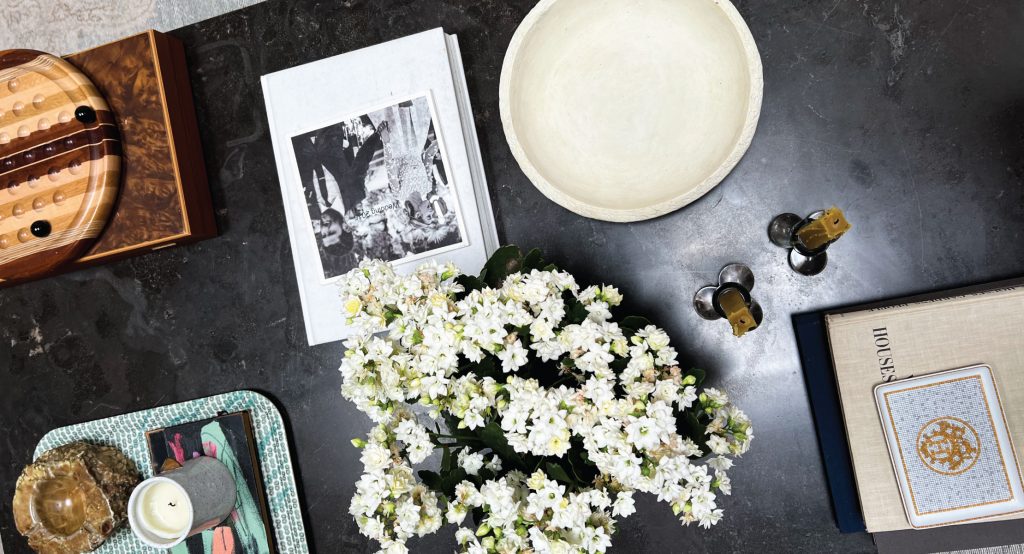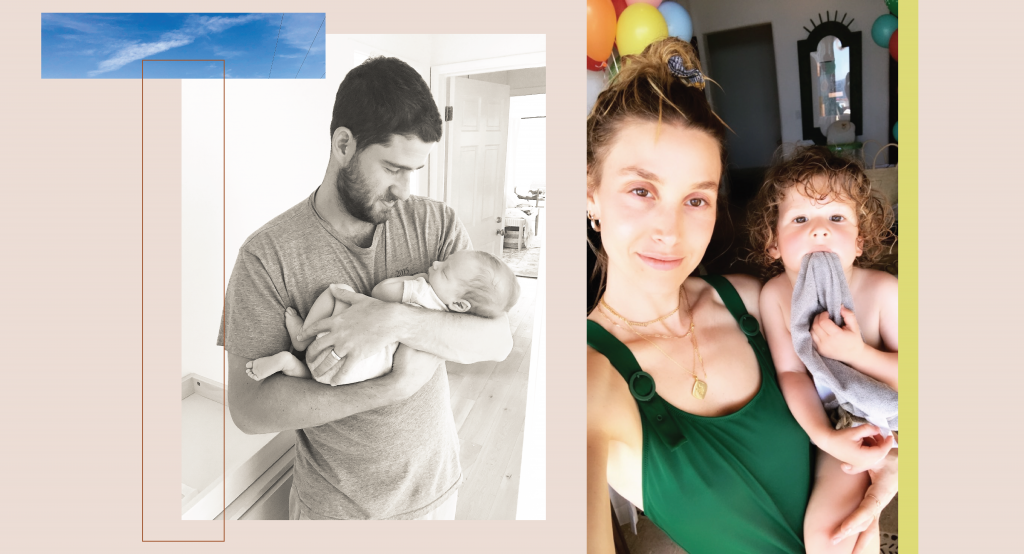When everyone is sleeping well with your little one still in a crib, it can be daunting to think about making a change that could disrupt it all. But whether it’s time to move them for their own safety (hello climbers!) or you need the crib for another baby on the way, know that moving your little one from their crib to new bed doesn’t have to be scary. Being prepared for the change is a key factor in making a successful switch, and so we’re sharing tips on what you can do to help things along, even before the crib comes down.
Before you start planning for a change, you should know that if you’re currently experiencing sleep issues, now is not the time to take them out of their crib. Transitioning them to a bed will not help, and in fact, it will almost certainly just make things worse. Ideally, put the transition on hold and possibly do some sleep training first. Then, once you’ve worked out the issues, you can revisit the idea again. If you haven’t started one yet, a consistent bedtime routine coupled with an age appropriate early bedtime, will make the transition easier on both the child and the parents!
5 Tips for A Smooth Crib to Bed Transition
We get asked all the time if there is an ideal age to make the transition. I recommend keeping your little one in their crib as long as possible. If you can hold out until your child is at least 2.5-3 years old, they will likely be better able to understand the sleep rules that need to be established when making this transition. If they aren’t climbing out of the crib and you don’t need it for another baby, there really is no need to rush. If you’re ready to make the change, our tips below can help.
- Prepare & Communicate.
If your child is old enough, make sure you communicate what is going to happen before the actual transition takes place. This is a big change and it’s not the time for surprises. Discuss the sleep rules with your child and what is expected of them throughout the night.
- Establish Sleep Rules Right From The Start.
Incorporating things like a toddler alarm clock, bedtime routine chart, and setting limits can help create a smooth transition and should be established from day one. You have to expect that they will get out of bed, as this newfound freedom will be too exciting to pass up. Be prepared with your plan and be firm in explaining it. How you handle it right from the start will make a difference. If they come out of their room, lead them back again every time, with little to no engagement. You may have to do this over and over again throughout the night but provided you remain consistent in setting those boundaries, after a few nights they’ll get the message.
- Mom And Dad Need A Plan Too!
Before night one, sit down with your partner and develop your own plan for when things pop up during the process. What if they call out to you 10 times throughout the night? What if they come out of their room? How will you handle it as a team? Having a plan in place BEFORE these things happen will better prepare you and help you to be consistent in setting limits, which is needed in a successful transition.
- Make It Fun!
Get your little one excited and involved in the process. Let them have a say when it comes to choosing new bedding and possible new decor for the room. Let them practice putting their stuffed animals to bed in the new bed. Building excitement will help them understand what is going to happen, and making it fun will make it easier to obey the sleep rules.
- Make It Safe.
It’s really important to make sure the new sleep environment is safe. Putting up a gate at the door or the top of the stairs, shutting the door at night, or installing a childproof handle on the closet door will help with that. Other ideas include putting the mattress directly on the floor with no frame to start, making sure all furniture is secured to the wall, and keeping sleep-distracting toys and any lotions or creams out of reach.
A Little Preparation Goes a Long Way
The crib to bed transition doesn’t have to mean there will be issues. When your child is comfortable in their sleep environment and has the tools to support quality sleep, they’ll have a much easier time making the adjustment. Helping them develop good sleep habits can start at any age, but it’s best to have these in place before you move them to a bed. This is a big step for both of you, but it can be a really fun time. With a little preparation, you can relax and enjoy it!
Alanna McGinn is Founder and Certified Sleep Consultant of Good Night Sleep Site, a global sleep consulting practice. She serves on the faculty of The Family Sleep Institute and is host of the ‘This Girl Loves Sleep’ Podcast. She and her husband, Mike, live in Toronto, Canada with their 3 children (1+twins!) You can follow her expert advice in national publications like Macleans, Prevention Magazine, Today’s Parent, and Huffington Post. Alanna strives in helping families (baby to adults) and corporations overcome their sleep challenges and have happy well-rested smiles in the morning. You can find out more about Alanna McGinn and how to work with a Good Night Sleep Consultant at goodnightsleepsite.com and follow Alanna and all her sleep tips on Instagram.






